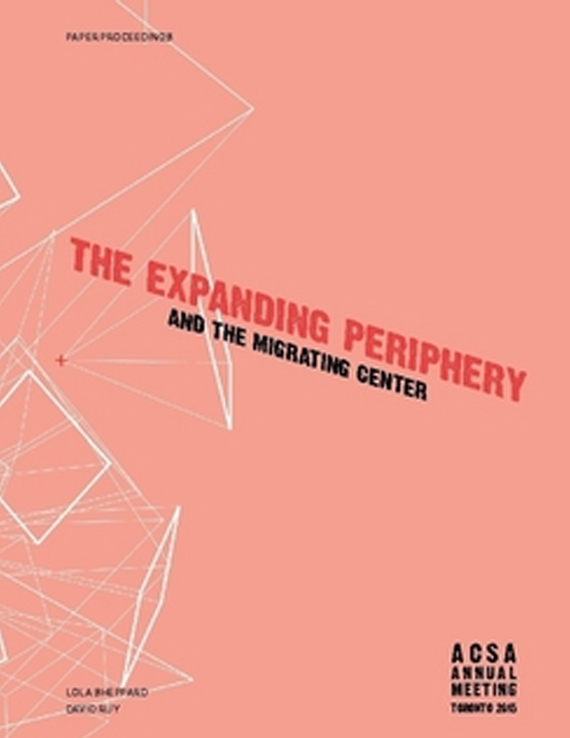Author(s): Anna Neimark
The XX Center for Art and Architecture in XX, annually invites an artist to collaborate with an architect on an installation in the XX gallery. The role of the artist is rather straightforward: to place a work of art inside the gallery space. The role of the architect could be considered in parallel: to place a work of architecture inside the gallery space. But when architects are confronted with this task, it is not entirely clear what that should mean. How does one place architecture inside of a gallery? What does it mean in disciplinary terms? What should it mean in terms of professional practice? After all, if architecture should remain a critical practice, it would have to resist occupying any such space neatly or clearly.With many museums and galleries offering such projects to architectural firms today, the proposals to curtail architectural problems into the format of an installation extend beyond any one particular case. Not too small to be an exhibition of models from the office and not too big to be a full commission, it seems to be a comfortable way for young architects to express their ideas on a small budget and outside of practical constraints. And although this new model of patronage often offers the only outlet for many designers who have not yet established a traditional client base, there are many problems that arise from its format that push the architect into a peripheral field.XX is a project that attempts to position the architectural installation as another professional service within the context of the gallery. It is a project that is, therefore, strangely normal. Rather than push boundaries through interdisciplinary experimentations that point outside of the field, it makes the conventions of building and its representation, as well as the norms associated with specification and codes of construction, explicit. It is an installation about the translation of drawing to labor, requiring us to revisit all the social conventions and disciplinary tools that determine the domain in which we operate. In particular, it is a response to some work that moves the field into diluted interdisciplinary territories, defying all conventions and building methods in lieu of technical determinism.When architects are asked to work on an installation, they often end up designing a big sculptural object. Neither a piece of architecture, nor a model, it confuses us about what its role in the discipline might be. Contrary to this, when architects are asked to provide a professional service—to remodel a bathroom or design a house—the project is usually executed through the conventions of architectural drawing and building practices. Those kinds of mundane limitations, often left behind by the installation, seem to be fundamental to the labor of an architect. The project uses the specification book as a practical manual as well as a representational medium. Finding abstraction within conventional instruments of practice, the project attempts to locate a series of disciplinary problems within practice.
Volume Editors
David Ruy & Lola Sheppard
ISBN
978-0-935502-95-4

 Study Architecture
Study Architecture  ProPEL
ProPEL 
